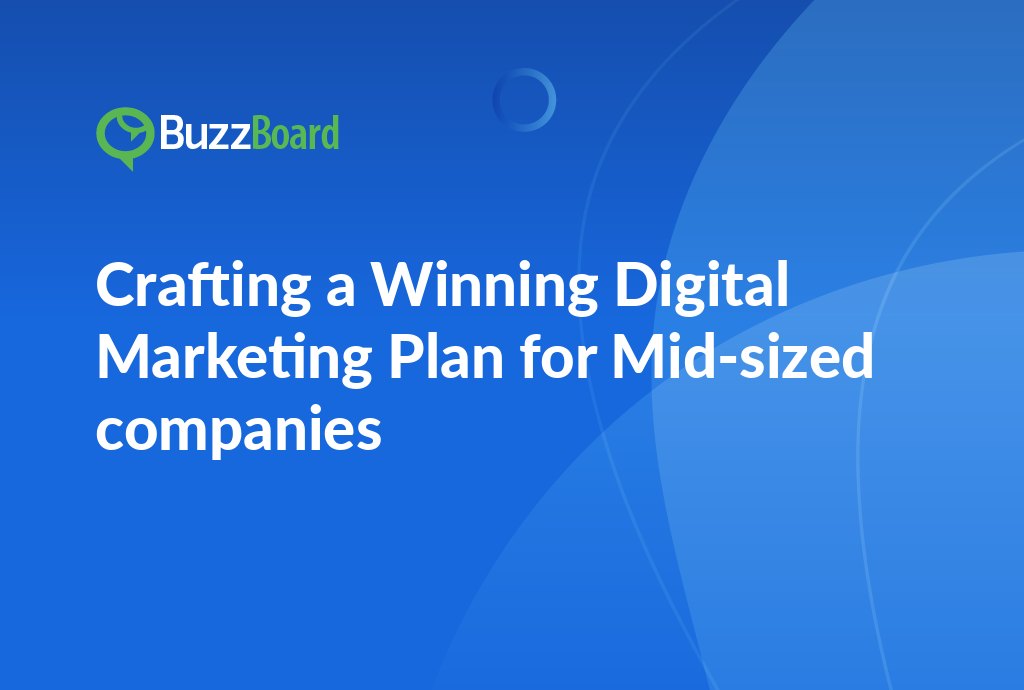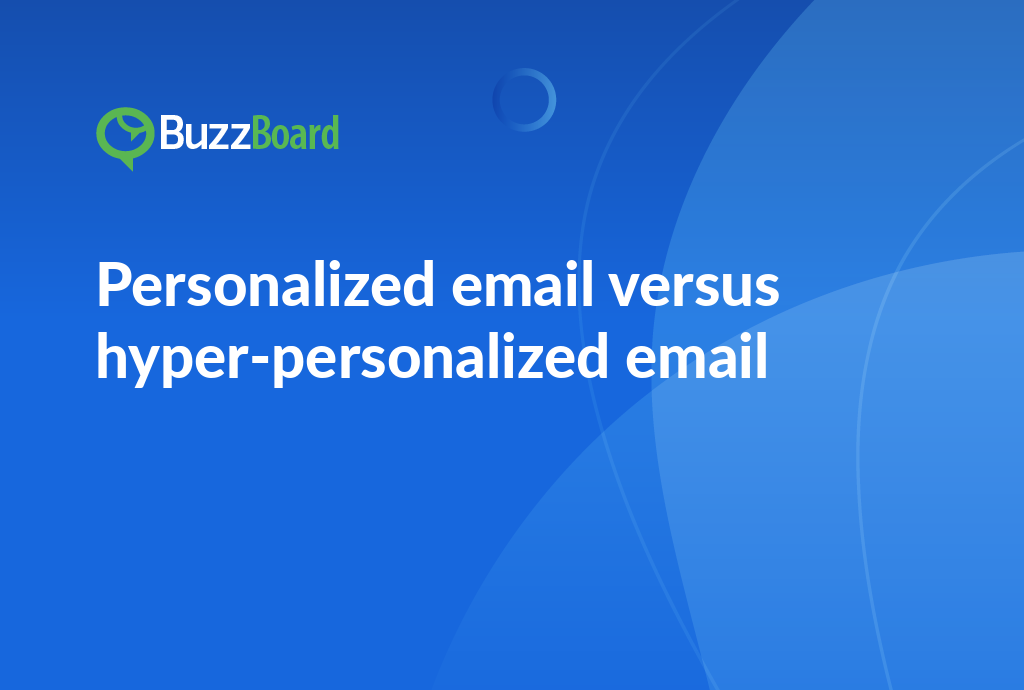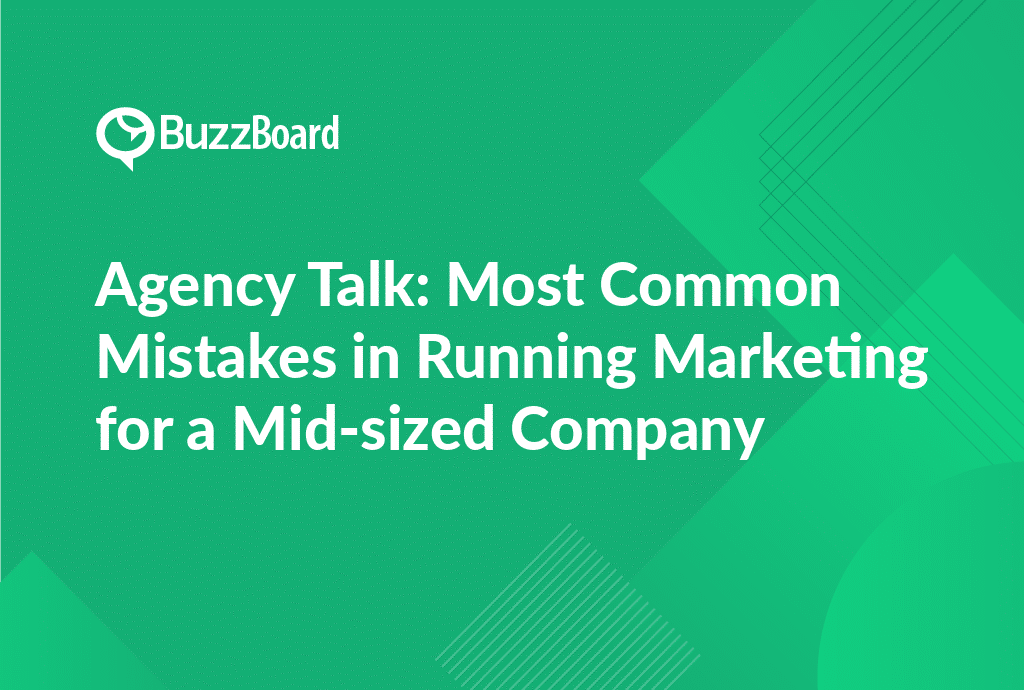What Are the Essential Elements to Crafting a Successful Digital Marketing Plan for Mid-Sized Companies?
Crafting effective digital marketing plans for mid-sized companies in this digital era can feel like navigating through an ever-changing labyrinth. Don’t fret! This blog post outlines the crucial components of a successful digital marketing plan for your clients operating in that niche.
Firstly, mid-sized companies are firms generally with an annual revenue ranging from $10 million to $1 billion. With that in mind, here’s what to include in your agency’s digital marketing plan for such clients:
Crafting winning digital marketing plans for mid-sized companies poses challenges but with the right approach and tools, it can become a considerable opportunity for your agency to secure major clients and deliver impressive results.
Why Is a Tailored Digital Marketing Plan Crucial for the Success of Mid-Sized Companies?
Today, we’re taking a deep dive into the importance of a custom digital marketing plan for the prosperity of mid-sized companies. Without a doubt, the business landscape is progressively tilting towards digitization. Virtually every professional field is welcoming the shift toward digital transformation. A specific area that can notably ignite the growth of a mid-sized company, however, is the design and execution of a robust digital marketing plan. Constructing digital marketing strategies for mid-sized firms could mark the difference between lagging behind and speeding toward substantial growth.
As a digital marketing agency, crafting pertinent strategies for our clients remains our top priority. But why is it especially vital to develop a bespoke plan for mid-sized companies?
Digital marketing, on a wider scale, revolves around pinpointing your audience and matching the message accordingly. For mid-sized firms, an all-encompassing plan has the potential to overlook the specific needs and objectives of the company’s audience. A custom-made digital marketing plan filters through the myriad of internet users and identifies the right customers for a specific business. This tactic is similar to tailoring a suit that fits perfectly, and as we all know, a well-fitted suit undoubtedly leads to a boost in confidence. Similarly, a tailored strategy spells a higher ROI for mid-sized companies.
Also, a unique strategy stands out in the digital clutter. Today’s digital world is filled with so many companies vying for attention that those without a personalized digital marketing strategy can get lost. By implementing a tailored plan, mid-sized companies can make sure their messages rise above the noise and catch their target audience’s attention.
Step-by-Step Guide to Build a Winning Digital Marketing Plan Specifically Tailored for Mid-Sized Companies
The advent of digital transformation has generated a significant demand for effective digital marketing strategies, particularly for mid-sized businesses. These companies could significantly gain from well-structured strategies that elevate brand visibility, stimulate traffic, and amplify conversions. This article aims to offer a sequential guide to creating a successful digital marketing strategy and assist digital marketing agencies aiming to offer their services to these mid-sized companies.
Step 1. Know Your Audience
Grasping the business needs and target audiences of your potential clients forms the foundation of a successful digital marketing plan. Details like demographics, consumer behavior, and preferences can provide crucial data required to customize your plan.
Step 2. Define Your Goals
Identify the objectives the business aims to achieve through its digital marketing endeavors. Goals may vary from enhancing online presence and establishing a brand image to augmenting sales and expanding customer base. These goals should follow the SMART paradigm – Specific, Measurable, Achievable, Relevant, and Timely.
Step 3. Choose Your Platforms
Each platform has a unique user experience and appeals to different demographics. You should select platforms (like Google, Facebook, Instagram, LinkedIn, etc.) that coincide best with the company’s target audience and goals.
Step 4. Formulate Your Content Strategy
High-quality content promotes engagement, builds customer relations, and fosters brand loyalty. It’s crucial to develop a content strategy that’s informative, persuasive, and is in line with the company’s values and voice.
Step 5. Implement the Strategy
After meticulous planning, it’s time for execution. The roll-out process should entail constant monitoring and modifications-if necessary-to ensure optimal results.
Step 6. Evaluate the Results
Maintain a close eye on your key performance indicators (KPIs). Assessment and analysis of these metrics can help evaluate the efficacy of your digital marketing initiatives.
With this guide, digital marketing agencies can confidently create successful digital marketing strategies for mid-sized businesses, enabling them to consistently produce impactful results and acquire more clients.
Case Study on Successful Implementation and Results of a Crafted Digital Marketing Plan for Mid-Sized Companies
As a digital marketing agency, you likely understand the unique challenges mid-sized companies face when developing and implementing a digital marketing plan. These businesses, having graduated from the small business category but not yet large organizations, require specific attention.
The principal struggle for many mid-sized companies lies in identifying and using effective digital marketing strategies to generate the best results. This blog post will delve into a case study illustrating a successful implementation and results of a thoughtfully designed digital marketing plan for mid-sized companies.
Triple M Tech, a mid-sized technology firm, wanted to boost its online visibility and increase its customer base. They teamed up with a reputable digital marketing agency that designed a comprehensive digital marketing plan tailored to meet Triple M Tech’s growth goals and business trajectory.
Initially, the agency conducted a thorough analysis of Triple M Tech’s target audience, competition, and industry trends. They then identified key performance indicators to measure the plan’s effectiveness. The strategies employed included search engine optimization, pay-per-click advertising, social media engagement, content marketing, email marketing, and mobile marketing.
One impressive aspect of this approach was the integration of the various digital marketing strategies. This collective approach viewed each strategy as a piece of a puzzle as opposed to independent initiatives. As a result, Triple M Tech’s visibility soared, displaying a 40% increase in web traffic and a 30% bump in customer conversions in the first quarter alone.
The takeaway here is: successful digital marketing plans craft strategies that set mid-sized companies apart from their competitors. It isn’t about using a ‘one-size-fits-all’ method but customizing the plan to suit their unique circumstances.
Mistakes to Avoid When Crafting a Digital Marketing Plan for Mid-Sized Companies Based on Industry Experience
Crafting a winning digital marketing plan for mid-sized companies can seem like an intimidating endeavor. However, with thoughtful planning and strategy, it is possible for your clients to leverage digital tactics effectively and achieve success.
One common mistake that can often undermine the effectiveness of these digital marketing plans is not considering the unique nature of mid-sized businesses. Unlike Fortune 500 companies that possess extensive resources or startups that can pivot on a dime, mid-sized companies operate differently. They have enough resources to invest but are conscious of their return on investment. Therefore, a one-size-fits-all plan will not suffice.
Another critical factor is not overlooking the conversion funnel stages. Many companies tend to focus intensely on one stage, usually awareness or acquisition while neglecting the nurturing and retention stages. This skewed approach could pose challenges to the long-term success of the digital marketing plan.
Often, marketers fail to leverage data analytics, another common pitfall. Through data analysis, agencies can validate their strategies and refine existing ones. It aids in swiftly adapting to changing customer behavior or emerging market trends.
Also, neglecting to review and tweak the marketing plan regularly is another frequent error. In a constantly evolving digital landscape, remaining static will not yield the desired outcomes. It is essential to often revise and test the plan and pivot quickly based on the results.
In conclusion, recognizing these common mistakes can make a huge difference when developing digital marketing plans for mid-sized companies. Their uniqueness is their strength, so tailor-made, data-driven, and adaptable digital marketing strategies will yield the greatest results.
Remember, crafting an all-encompassing, custom strategy that acknowledges mid-sized companies’ nuances will position you on the right path to provide your clients with the digital advantage they necessitate.









